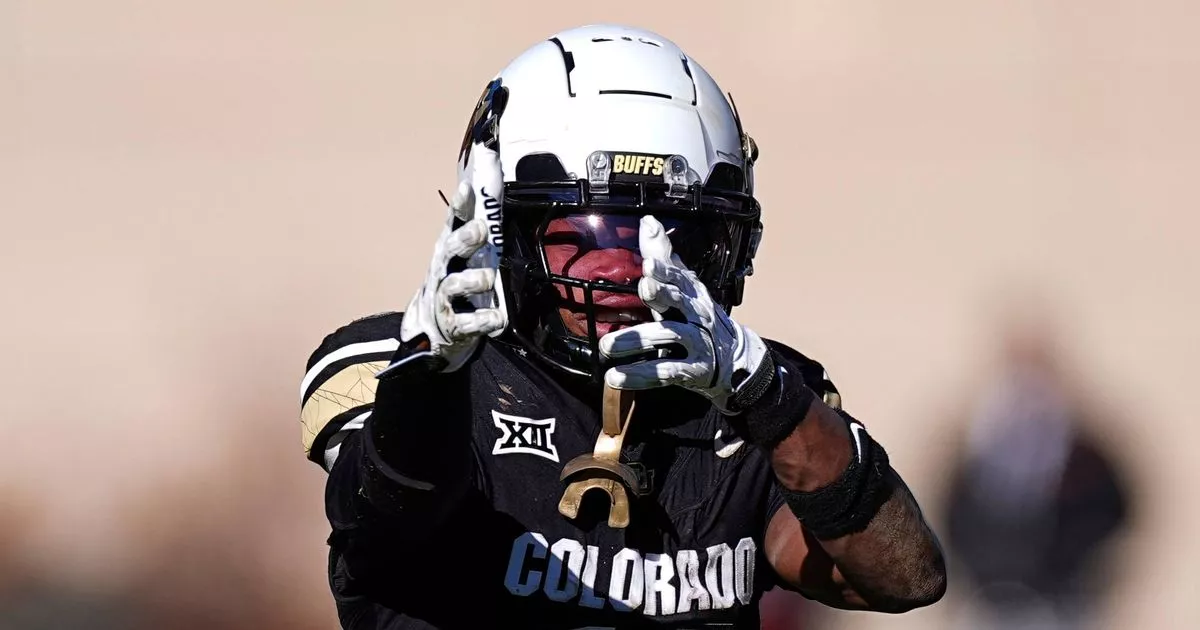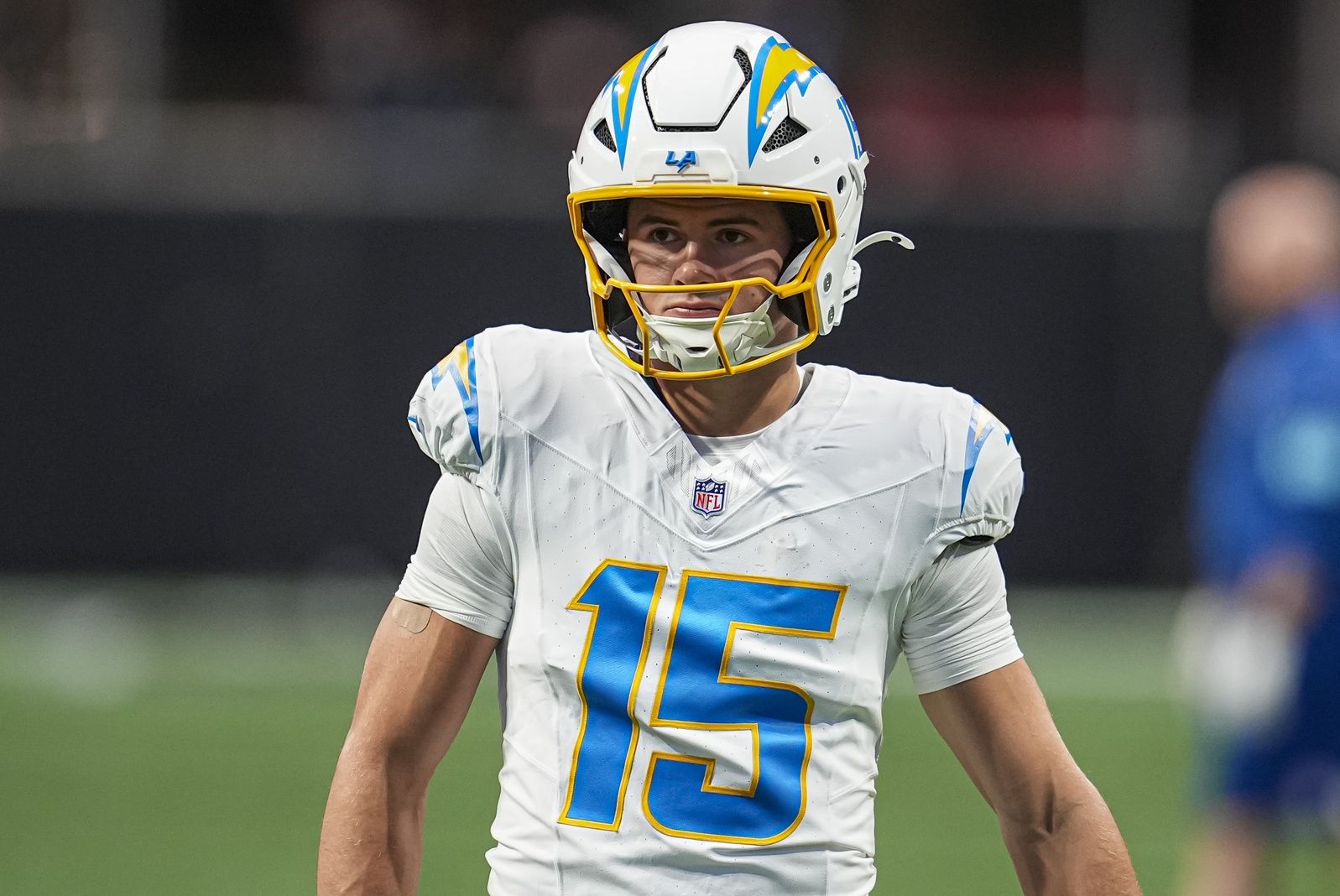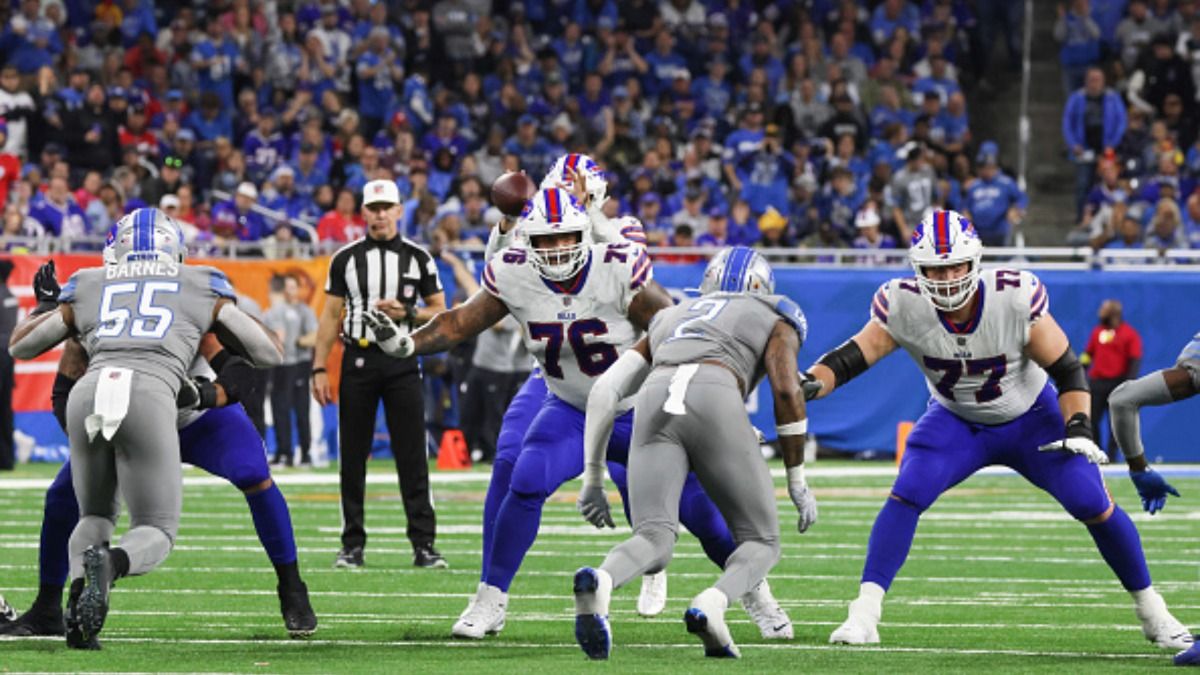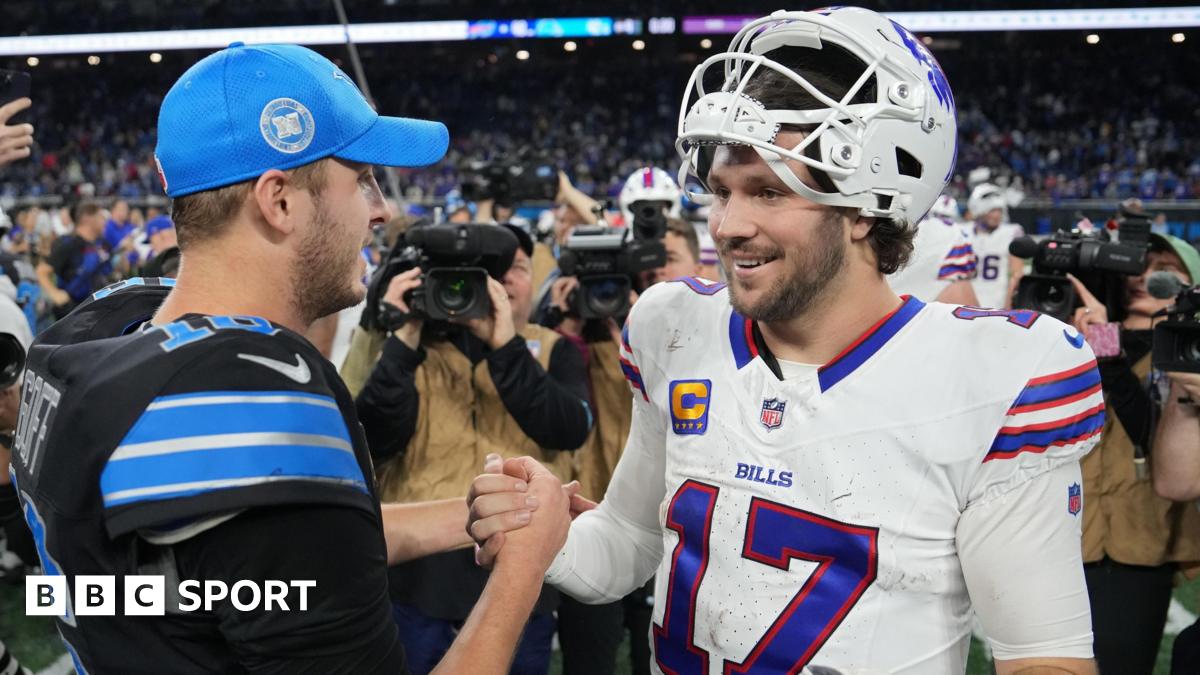Everything You Need To Know About Iconic Duke Ball
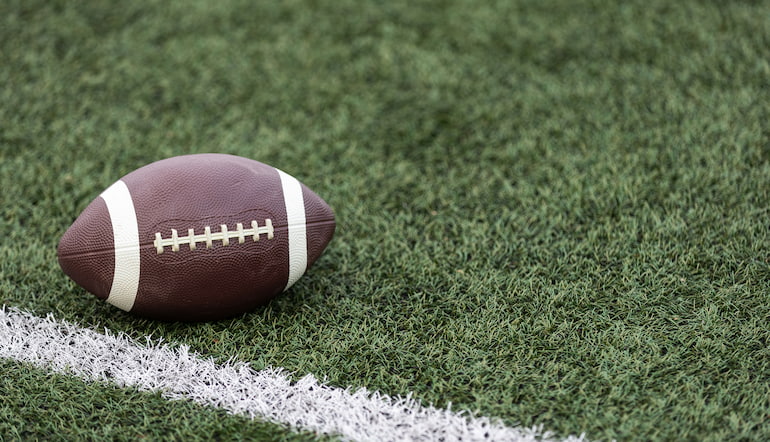
Whichever NFL team captures your heart and bets live betting Chances are – whether it's, say, the Falcons, Chiefs or Las Vegas Raiders – they all have one thing in common. In the foreground, in the middle of the field, is the iconic soccer ball which is thrown, kicked and rocked throughout the game.
But the famous American football, manufactured by Wilson Sporting Goods, emblazoned with “The Duke” (named in honor of Wellington “The Duke” Mara, whose father founded the New York Giants), did not begin Thus. The first iterations of the ball used in the game originated in the mid-1800s, during the early days of American football.
Initially, American footballs were made from inflated pig bladders. They were round and looked a lot like the typical rugby ball. Its current form began to form by accident during a college football game in 1869 between Rutgers University and Princeton University.
If you want to watch NFL betting odds for this week, you'll have to settle for the school's basketball division.
Slowly but surely, the rugby ball and American football showed serious differences as the latter began to take the form we know it today. Besides being born by chance, the new form also had a use. The original football was difficult to throw and too easy for runners to drop. So, after accidentally changing shape, the ball began to voluntarily adopt an ovoid appearance.
That was the deal in 1897. Nine years later, in 1906, after forward passes were added to the game – this was intended to reduce injuries to primitively padded players running with the ball and getting slammed – d Other improvements have been made to the football game.
In 1912, it was made more elegant, which contributed to the development of long, true spiral passes that are now a hallmark of the game and transform quarterbacks into superstars.
Over the years, football began to resemble what we see today.
In the 1930s, footballs were made of leather with the familiar stitching down the center. Sometimes they were dyed white, which made the balls easier to see during night games. But whatever its color, in 1934 new rules required the ball to be thinner at each end and smaller in the center. These features made throwing, catching and carrying easier.
The current classic version, with its distinctive hand-sewn foam panels, entered service in 1941. A deal had been negotiated with Wilson to manufacture the ball.
Before production began, with the encouragement of Chicago Bears owner George Halas, it was agreed that the Duke's name would adorn the ball. American football, as we know it today, has been around for 83 years – whether in the regular season, the playoffs and even in Super Bowl.
However, in 1970, when the NFL and AFL merged, The Duke's name was removed from the ball. According to thetouchdown.co.uk, it was “most likely [done] to appease the AFL in what was something of a hostile marriage.
But then, 35 years later, following the death of Wellington Mara, his name came back on the ball and it has been there ever since. The Duke's presence adds a distinctive touch to the game ball, while also serving as a testament to the fact that the NFL reveres its founders and respects its history.
Best of all, The Duke isn't just for professional football games. Available for $150, it makes a perfect Christmas gift. Unboxed, the Duke can be put to good use and immediately when family members stop from the festivities for a game of touch football or simply to throw the pigskin, as the ball is still called to this day.
https://news.williamhill.com/wp-content/uploads/2024/12/NFL-Duke-Ball.jpg
2024-12-16 11:40:18
https://news.williamhill.com/american-football/nfl/everything-you-need-to-know-about-iconic-nfl-ball/

